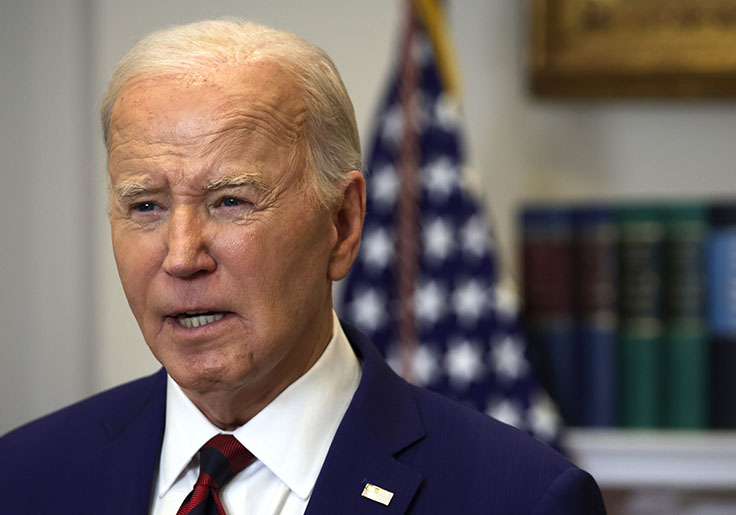U.S. economic growth in the first quarter fell below the Federal Reserve's estimates of the economy's long-run potential for the first time in nearly two years, but the signs of slowing were accompanied with fast inflation that, if sustained, would pose a particular dilemma for the central bank.
Fed officials through much of their battle with a pandemic-driven breakout of inflation said they thought it would take a period of below-trend growth to really bring price pressures into line, and the 1.6 percent rate of expansion registered in the first quarter met that mark after a period above the central bank's median 1.8 percent estimate of noninflationary potential.
But prices have remained sticky, with the personal consumption expenditures price index over the first quarter rising at a 3.4 percent annual rate versus the Fed's 2 percent target.
Investors and analysts at first blush put more weight on the high inflation figure than on the signs the economy may finally be cooling as the Fed has expected.
Data from the CME Group's FedWatch tool showed the probability of an initial Fed rate cut slipping across the board, with a June cut now given less than 10 percent odds, bets on a September cut slipping to about 58 percent, and a second cut in December given less than even odds.
There are reasons to think the 1.6 percent first-quarter growth rate overstates any weakness in the economy, said Nationwide Financial Market economist Oren Klachkin, with sizeable drags from imports and inventories unlikely to persist through the year.
But "inflation isn’t in a place where the Fed can be confident the 2 percent goal is within reach," Klachkin said. "A higher-for- longer interest rate environment will likely prevail."
